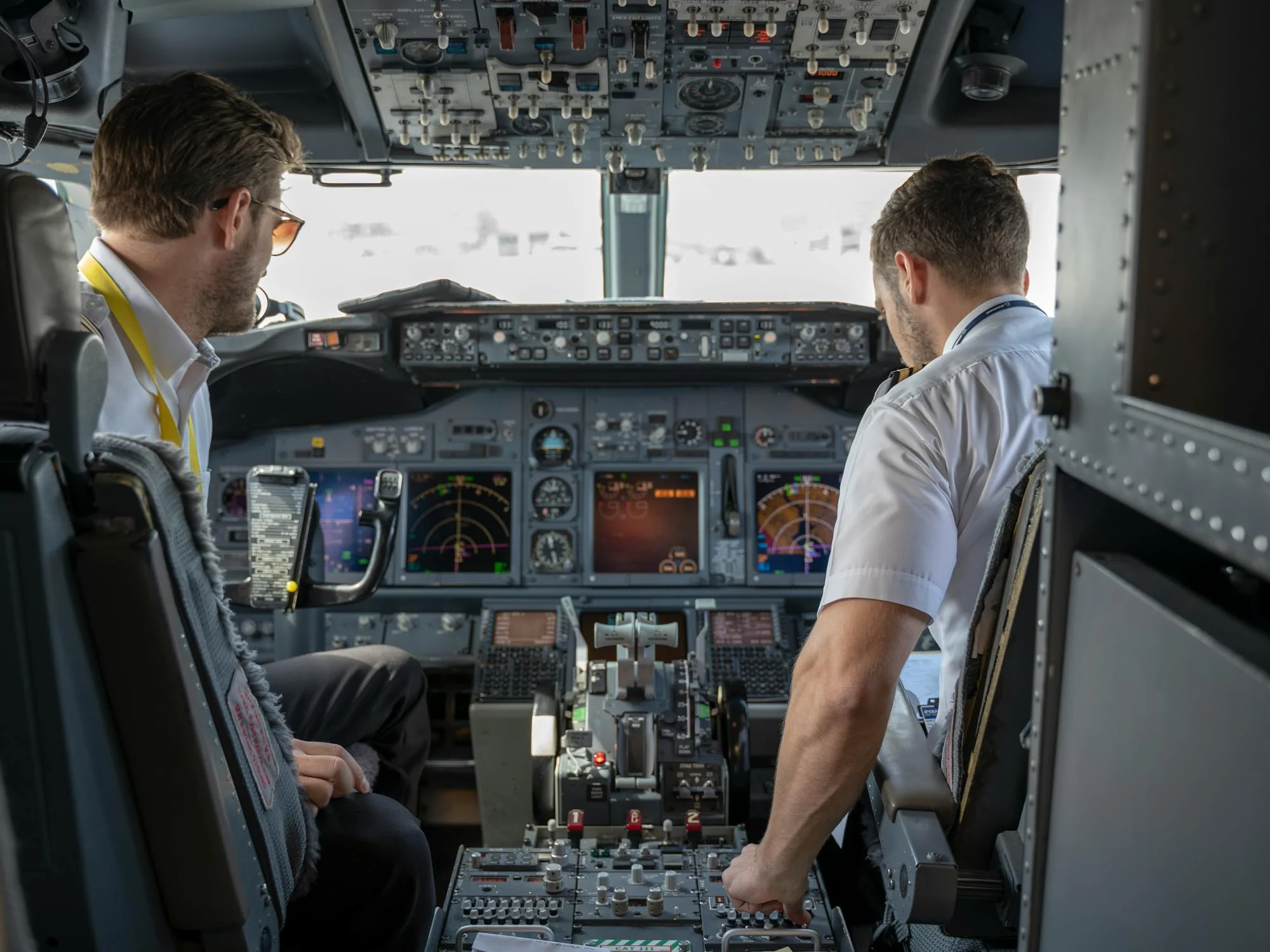
Aviation's efficiency goes well beyond flight duration or fuel economy. Flying effectively for pilots combines several elements.
Here are some components that pilots need to fly more efficiently.
Among the most important elements of effective flying is flight planning. Good preparation begins with thorough research of the weather to identify ideal flying conditions. To maximize tailwinds and minimize headwinds whenever you can, look at wind patterns at several altitudes. Choosing a route calls for consideration of topographical features, airspace constraints, and possible diversion airports, not only of course of travel from departure to destination places.
Calculations of weight distribution have to be exact, as inappropriate loading influences aircraft performance and fuel economy. By helping to create the best paths depending on current conditions, modern flight planning tools may save important time during preflight preparations. Effective flight planning also includes determining exact fuel needs with suitable reserves, therefore avoiding both dangerous under-fueling conditions and inefficient over-fueling.
Flight efficiency is substantially improved by mastery of fuel management strategies. While preserving the best engine performance, learning to lean the mixture at cruise altitude correctly will drastically save fuel flow. Fuel consumption rates are directly affected by the cruise altitude chosen depending on flight distance, weather conditions, and aircraft capability. Knowing how to read performance graphs helps one find the most sensible power settings during different flight phases. Establishing correct fuel tracking patterns during flight enables real-time changes to enhance performance.
Frequent engine monitoring helps to identify any problems before they become major ones, therefore reducing fuel use. Since particular fuel-saving strategies vary across different models and manufacturers, pilots should also familiarize themselves with those particular for their aircraft type. Furthermore, following correct shutdown protocols during layovers helps to cut the waste of fuel and lessen engine component wear. Using correct shutdown techniques during layovers can also help to lower wear on engine components and avoid needless fuel usage.
Two major factors that greatly affect total flight efficiency are effective communication and airspace navigation ability. Creating simple, succinct radio communication methods helps lower possible delays and uncertainty during all flight phases. When suitable, knowing how to ask for and apply a direct route will help to save a lot of fuel and flying time. To fully leverage the advantages of several navigation tools, including VOR, GPS, and contemporary glass cockpit systems, you need to get competent with them. Pilots who keep current with airspace rules and procedures fly with fewer delays and rework.
Correct application of noise abatement techniques not only shows professional politeness but also usually provides more direct route choices. The DC PRO-X2 headset enhances audio quality in loud cockpit environments, facilitating better interaction with air traffic control and reducing pilot fatigue during long-duration flights. Keeping a comprehensive understanding of preferred flight paths and busy air corridors helps you anticipate and prepare for potential clearance modifications before they occur. When unplanned route changes become necessary, efficient cockpit management strategies ensure quick retrieval of maps, approach documentation, and additional navigation tools.
Learning sophisticated weather interpretation techniques directly affects flying efficiency. Accurate interpretation of several meteorological products beyond simple predictions helps one make better decisions about routing and altitude choices. By avoiding needless deviations during flight, knowledge of how to spot and avoid regions of convective activity saves fuel. You should get good at spotting indicators of clear air turbulence to choose more comfortable flying altitudes, hence improving operational efficiency and passenger comfort.
Masters of the perception of winds aloft, pilots may deliberately arrange their paths to maximize tailwind benefits. Identifying and avoiding locations vulnerable to ice conditions helps to reduce the needless usage of anti-icing tools, which usually raises fuel consumption. By means of proactive rather than reactive flight plan alterations made possible by developing pattern identification abilities for varying weather circumstances, more effective operations overall ensue.
Effective flying calls for knowledge, ability, and suitable tools. Your efficiency as a pilot will be much improved by concentrating on careful flight planning, employing efficient fuel management strategies, learning communication procedures, and improving weather reading abilities. These methods not only save running expenses and environmental impact but also help to guarantee safer flight operations generally.